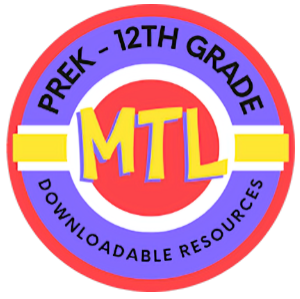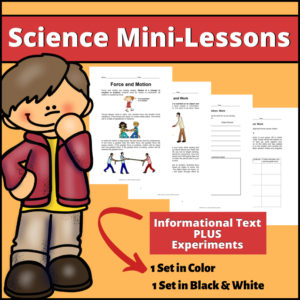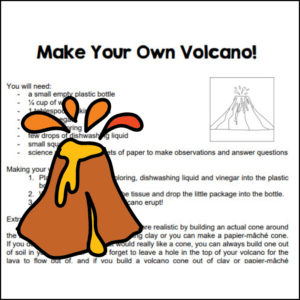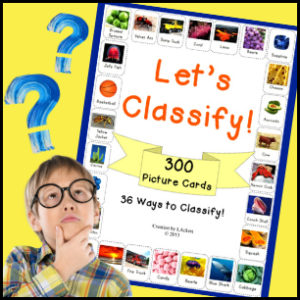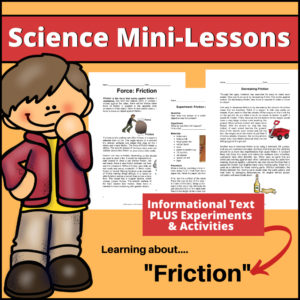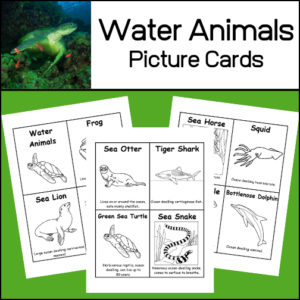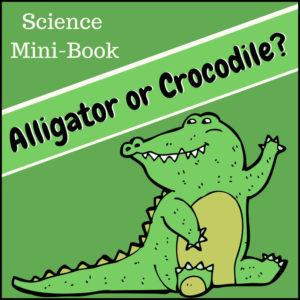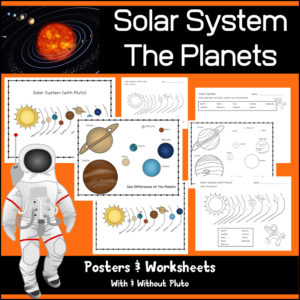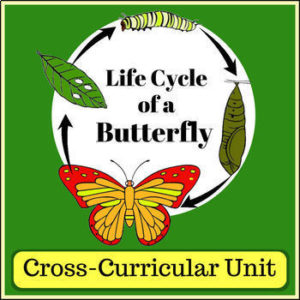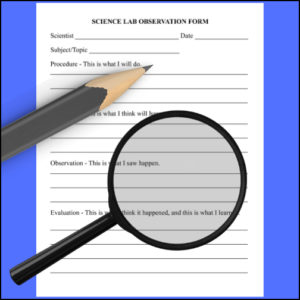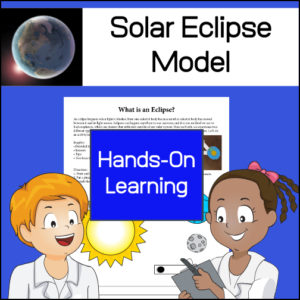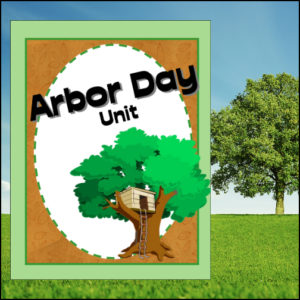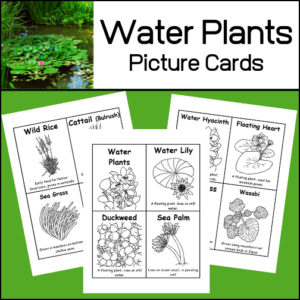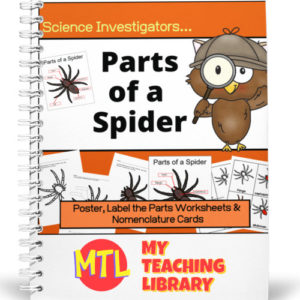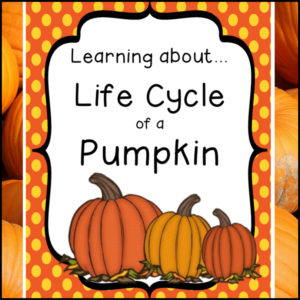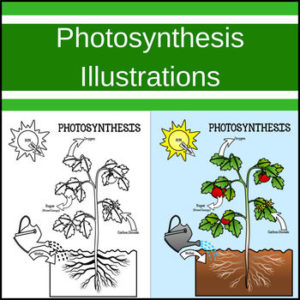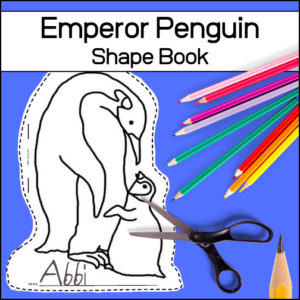Showing 81–97 of 97 results
-
$2.50Buy Now
Studying ‘Force & Motion‘ in your classroom? This Mini-Lessons resource has been designed to help students gain a greater understanding as well as to help them retain the information they are learning!
Includes:
- 2 Instructional text pages ( 1 on Force and Motion and 1 one on Force, Motion and Work)
- 2 Experiments (1 Cooperative Group experiment focusing on how ‘unbalanced forces cause motion‘ and to show ‘how energy can be transferred’. )
- 1 Worksheet Activity (Students will find and list examples of ‘machines and work‘ as well as draw an illustration.
-
$3.00Buy Now
– In one minute, how much air do you breathe in?
– What does nose hair do?
– What is a bronchial tree?
– Do you breathe in carbon monoxide or carbon dioxide?Students will learn the answers to these questions and others as they color and read the pages of ‘Your Respiratory System Coloring Book’.
-
$0.50Buy Now
Fun, Science activity to make your very own volcano out of things you have around the house!
-
$2.00Buy Now
Studying ‘Forces & Magnets‘ in your classroom? This Mini-Lessons resource has been designed to help students gain a greater understanding as well as to help them retain the information they are learning!
-
$1.00Buy Now
11 animals that live in water – picture cards. Each card includes the type of animal, a short description and a picture to color.
Animals included are:- – frog
- – sea lion
- – trout
- – sea horse
- – squid
- – right whale
- – bottlenose dolphin
- – sea otter
- – tiger shark
- – green sea turtle
- – sea snake
-
$1.50Buy Now
Help students learn the differences (and similarities) between an alligator and a crocodile with this resource and have a cute 18 page mini-book to create and color!
-
$3.00Buy Now
This Solar System product will help students learn and reinforce their knowledge of the order of the planets and to be able to visual size differences of the planets! Each color poster has a duplicate b/w poster that can be used as a student handout. There are also worksheets for students to complete (with and without word banks). This resource provides 2 sets of all resources – One which includes the dwarf planet of Pluto and one that does not.
-
$4.00Buy Now
Butterfly Life Cycle Unit is a 49 page cross-curricular unit offering Language Arts, Science, Math and Art activities! By the end of your study, students will know all about the life cycle of the butterfly.
What is included? Puzzles, posters, worksheets (for tracing, matching, coloring, and completing the life cycle), coloring pages, songs, life cycle mini-book (for students to complete) and even a craft project.
-
$1.50Buy Now
This form can be used again and again during different Science experiments. Designed for elementary grades.
There are sections for students to record…
- – the procedure that will be performed
- -their prediction
- -their observations
- -their final evaluation (including what they learned)
-
$1.00Buy Now
Students learn best through hands-on learning. This solar eclipse activity has been designed to help students visualize a solar eclipse by creating a simple paper model of one.
-
$3.00Buy Now
National Arbor Day is celebrated every year on the last Friday in April; however some states have selected their own dates for Arbor Day. The customary observance is to plant a tree. On the first Arbor Day, April 10, 1872, an estimated one million trees were planted.
This 23 page resource has been designed for 2nd-3rd grades to learn more about arbor day and trees!
-
$1.00Buy Now
10 plants that grow in water – picture cards. Each card includes the type of plant, a short description and a picture to color.
Plants included are:
– water lily
– duckweed
– sea palm
– water hyacinth
– floating heart
– watercress
– wasabi
– wild rice
– cattail (bulrush)
– sea grass -
$2.00Buy Now
Help students learn the parts of a spider with this fun arachnid resource! Students will learn the following parts: eyes, fangs, cephalothorax, abdomen, spinnerets, legs.
Includes:
- – Color poster
- – 2 Worksheets – One for students to write and label, the other to cut and paste.
- – 1 Science Center activity
- – Nomenclature flashcards – Labeled
- – Blank Cards for students to complete
-
$3.00Buy NowPerfect unit for learning about the life cycle of a pumpkin.Includes:
-
B/W Life Cycle poster
-
Color Life Cycle poster
-
Word Wall Vocabulary
-
Sequencing cards
-
Life Cycle Worksheet (Cut-n-paste)
-
Life Cycle Vocabulary matching
-
Life Cycle Drawing
-
Life Cycle Shape Book activity
-
(Bonus Coloring page AND Pumpkin Seeds for counting)
-
-
$1.50Buy Now
Looking for drawings of the process of Photosynthesis? Here are two – 1 b/w and 1 color in pdf format.
Suggested Uses:
- *Give students the b/w version to color
- * Use the color illustration as a poster
-
$1.50Buy Now
Studying penguins or perhaps animals of the arctic? This cute shape book is ready for students to use to publish there own stories, reports or poems about penguins!
I’ve created pages with both dotted-dashed lines as well as single lines so that you can use what best fits the level of your students.
